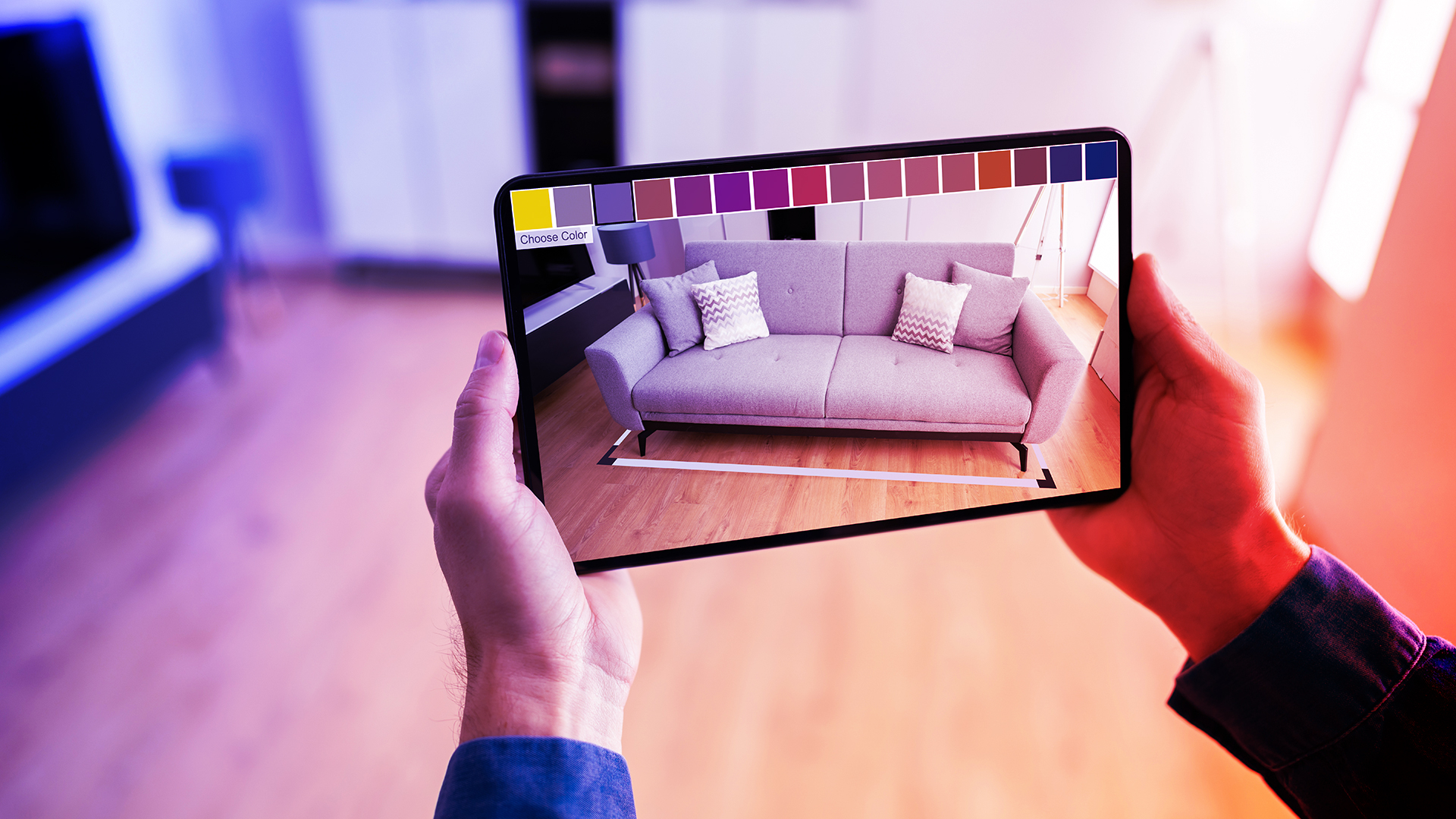
As technology advances, augmented reality (AR) is no longer limited to gaming or social media apps. Integrating AR into websites has become a powerful way to enhance user engagement, provide immersive experiences, and drive conversions. In 2025, the ability to incorporate AR into websites is more accessible than ever, thanks to platforms designed specifically for web AR. Here, we’ll dive into why AR is a game-changer for websites, the key benefits it offers, and the top three platforms to bring augmented reality to your web experience.
Why Bring AR to Your Website?
Augmented Reality (AR) allows users to interact with digital objects within their real-world environments, seen through their phone or desktop camera. Unlike static images or videos, AR gives users a chance to see products or visual effects overlaid onto their surroundings in real time. From trying on clothes to visualizing furniture in a room, AR bridges the gap between virtual and physical experiences.
As e-commerce, education, real estate, and entertainment industries adopt AR to enhance user experiences, websites are increasingly offering this option to meet customer expectations for more engaging, informative, and interactive content.
Benefits of AR in Websites
- Enhanced User Engagement: AR transforms passive browsing into interactive experiences. Users can spend more time on your site, engaging with 3D visuals, product models, or learning tools.
- Informed Purchase Decisions: For e-commerce sites, AR allows customers to try products virtually before buying, leading to increased confidence and fewer returns.
- Differentiation and Innovation: AR helps your site stand out, showcasing your brand as innovative and forward-thinking.
- Increased Conversions: Websites with AR experiences report higher conversion rates because users get a realistic preview of the product or service.
- Improved Accessibility: AR offers visual and experiential learning opportunities, which can help engage users with various needs and preferences.
Use Cases of AR in Websites
- E-commerce: Retailers can allow customers to try on clothing, accessories, or makeup virtually, or place furniture in their home before purchasing.
- Real Estate: Property listings can feature virtual walkthroughs or place a 3D model of a property onto the user’s environment, offering better visualization.
- Education: AR can be used to create immersive educational content, such as interactive science or history lessons.
- Automotive: Car dealerships can enable users to explore vehicle interiors and exteriors from their own devices.
- Travel and Tourism: Interactive maps and AR-based tours give users a virtual preview of destinations.
Top 3 Platforms for AR in Websites
1. 8th Wall
8th Wall is one of the most powerful and accessible platforms for adding AR to websites, and it operates directly in the browser. This eliminates the need for an app download, which significantly improves accessibility and ease of use. 8th Wall is known for its advanced WebAR capabilities, including face effects, world tracking, and marker-based AR experiences.
Features and Benefits:
- App-Free Access: 8th Wall’s AR experiences work directly in the browser, making it easy for users to access without downloading additional software.
- Marker-Based and Markerless AR: Offers flexibility with both marker-based (QR codes or images) and markerless AR (detecting surfaces in the real world).
- Wide Device Compatibility: 8th Wall supports most devices, including iOS, Android, and even desktops, ensuring a broad reach for your AR experiences.
- Integration with 3D Models: Supports GLTF and USDZ files, which are commonly used for creating AR product visualizations.
Best For: E-commerce, interactive brand marketing, real estate, and AR-based educational content.
2. Zappar
Zappar is a versatile AR platform with a focus on providing affordable, easy-to-use solutions for businesses. Known for its ZapWorks toolkit, Zappar makes it easy for companies to create AR experiences that integrate with web platforms through WebAR technology. Zappar’s platform is designed for non-developers as well as advanced users, making it accessible for businesses of all sizes.
Features and Benefits:
- WebAR and App-Based Options: Zappar supports both WebAR for in-browser experiences and app-based AR, offering flexibility based on project needs.
- User-Friendly Design: With its drag-and-drop AR studio, you can create engaging AR experiences without advanced coding knowledge.
- Customizable AR Experiences: Zappar includes templates for various AR experiences, such as product visualizations, virtual tours, and even AR-based games.
- Analytics Integration: Provides analytics on engagement and usage, so you can track the effectiveness of your AR content.
Best For: E-commerce, product packaging, educational content, and small-to-medium-sized businesses looking to add AR without heavy development.
3. BlippAR
BlippAR is another leading platform for AR in websites, providing both WebAR and app-based solutions. BlippAR offers powerful tools for creating high-quality, immersive AR experiences, with an emphasis on visual recognition technology. It’s particularly strong in creating interactive environments that overlay digital information on real-world surroundings.
Features and Benefits:
- High-Quality Visual Recognition: BlippAR’s technology is able to recognize real-world objects and trigger relevant AR experiences, making it ideal for branded content and education.
- Developer Tools and APIs: With BlippAR’s SDK and API, developers can create custom AR solutions tailored to their website’s needs.
- WebAR and App-Based Support: Like 8th Wall and Zappar, BlippAR offers both options, so users can access AR content on the web or within a branded app.
- Interactive Environments: Ideal for brands looking to provide immersive storytelling experiences, such as interactive tours, virtual brand storytelling, and real-time product demonstrations.
Best For: Education, branded content, immersive marketing campaigns, and businesses looking for high-end AR solutions.
Choosing the Right AR Platform for Your Website
When deciding on a platform to bring AR to your website, consider the following:
- Audience and Accessibility: If your audience is likely to engage through a browser, WebAR platforms like 8th Wall or Zappar are ideal as they don’t require an app download.
- Technical Expertise: Zappar is a great choice if you’re looking for a non-technical, drag-and-drop solution, while 8th Wall and BlippAR offer more customization if you have development resources.
- Project Goals: For e-commerce, 8th Wall provides robust features for product visualization. If you’re focused on brand storytelling, BlippAR’s visual recognition and high-quality AR content are valuable.
Final Thoughts
AR in websites is a powerful way to capture attention, increase engagement, and provide memorable user experiences. Whether it’s letting users see products in their space before buying, providing virtual tours, or enhancing educational content, AR is becoming an essential tool for any business looking to stand out online.
As AR technology becomes more accessible, now is a great time to consider adding it to your site. The platforms above make AR easy to implement and flexible for your needs, helping you create immersive and interactive web experiences that leave a lasting impression.



